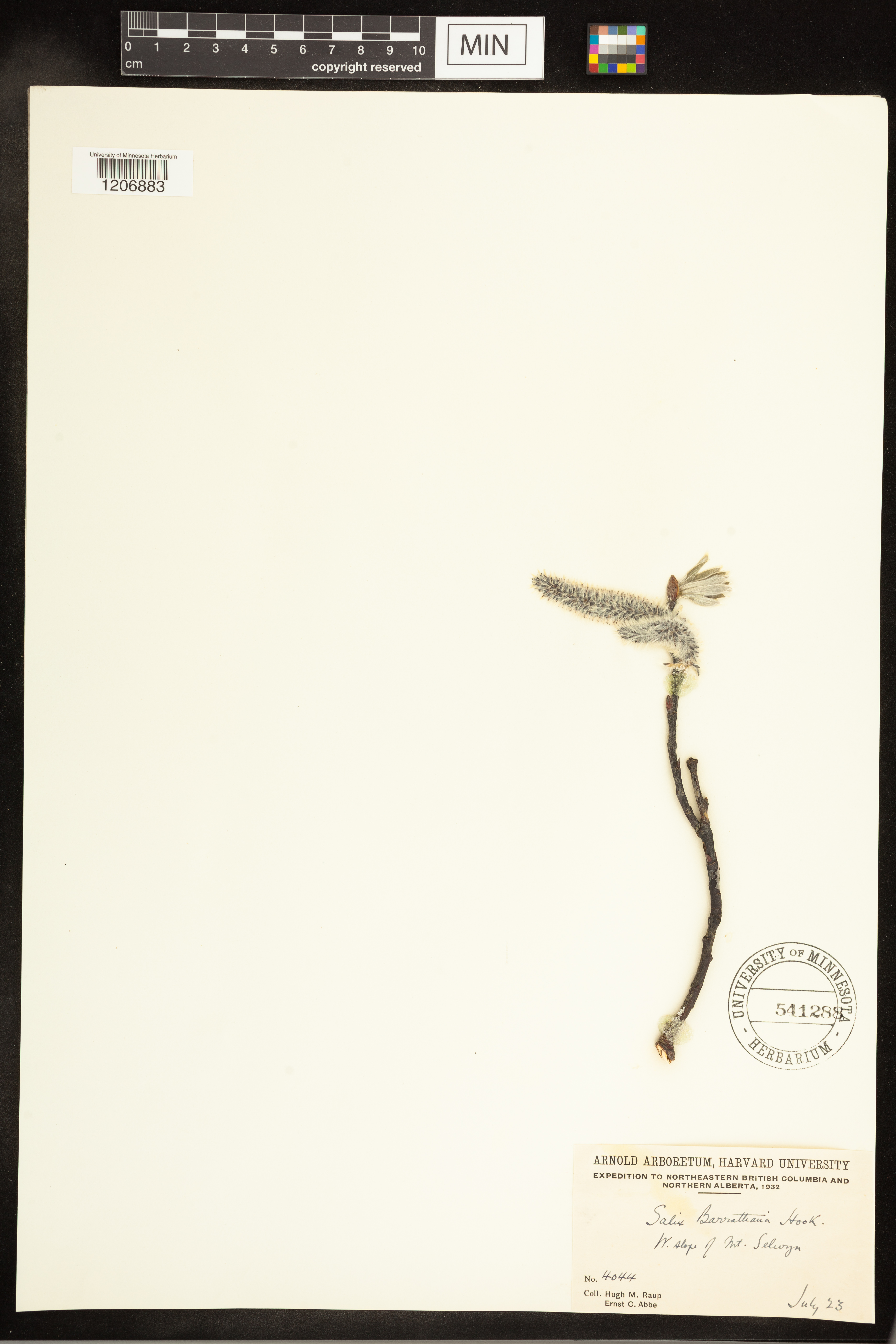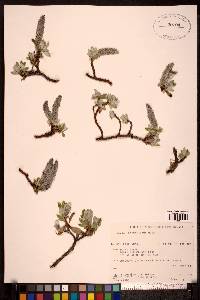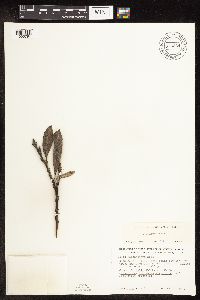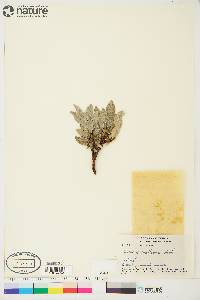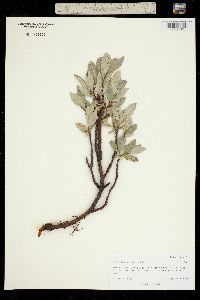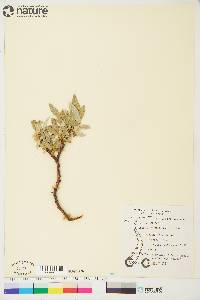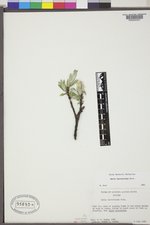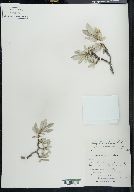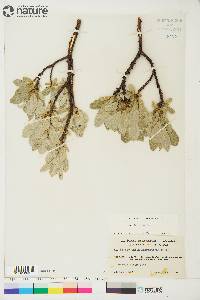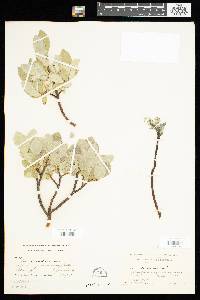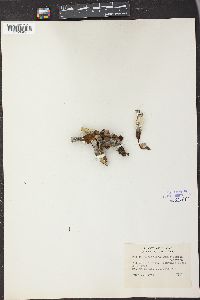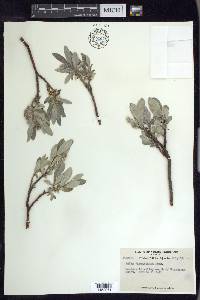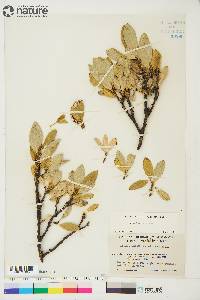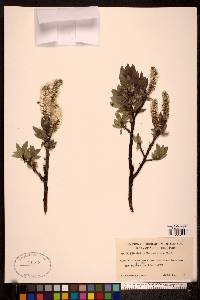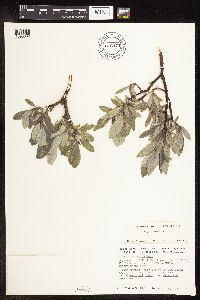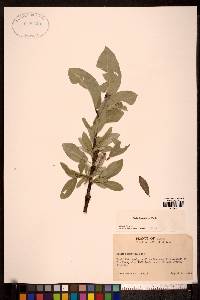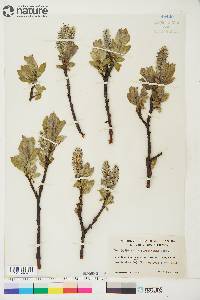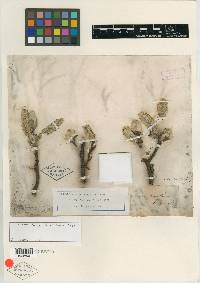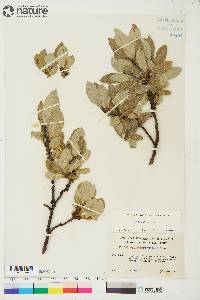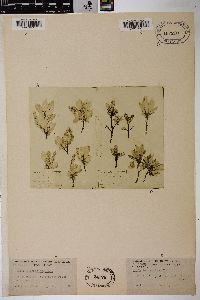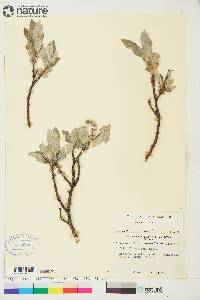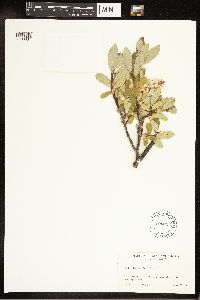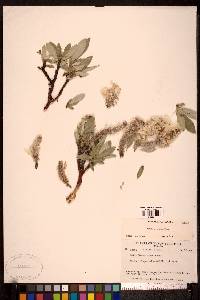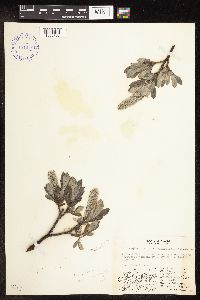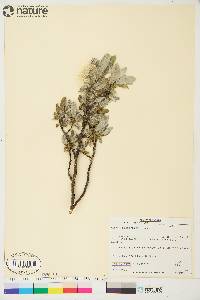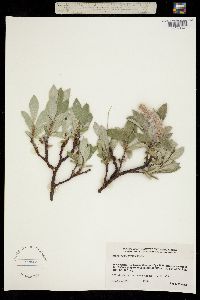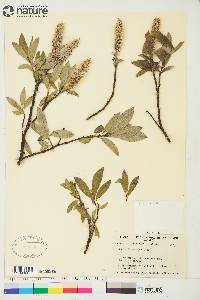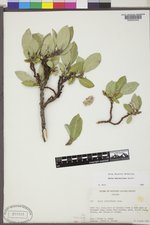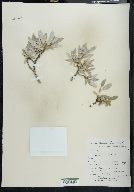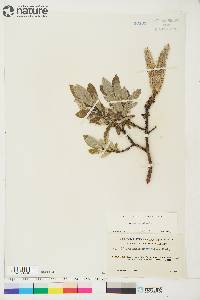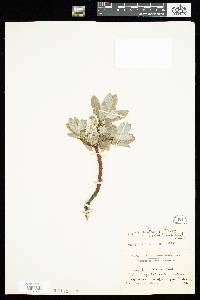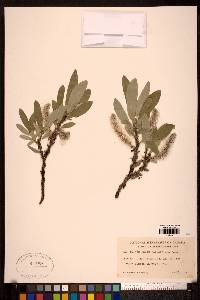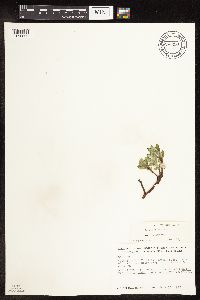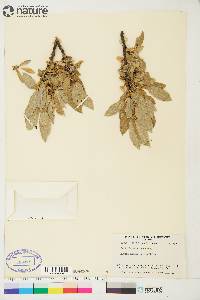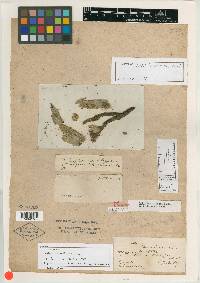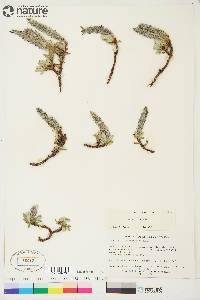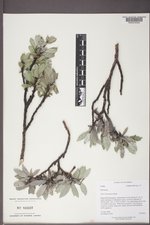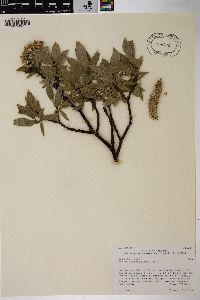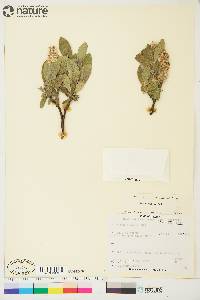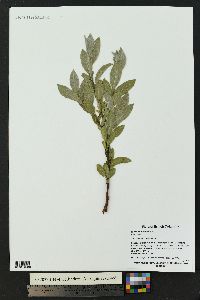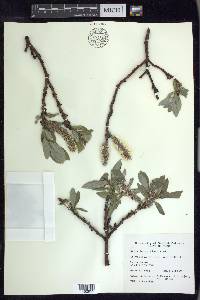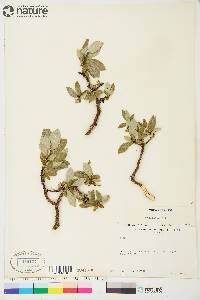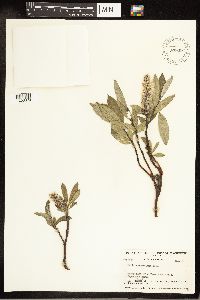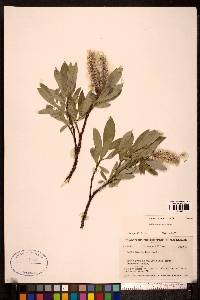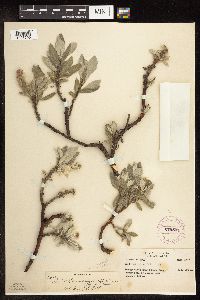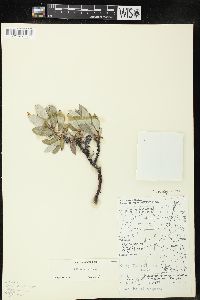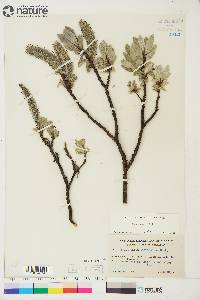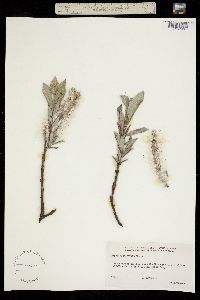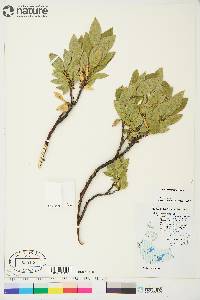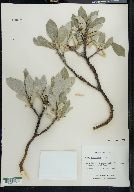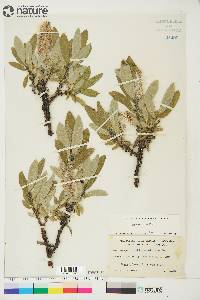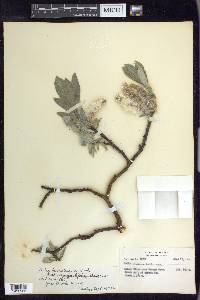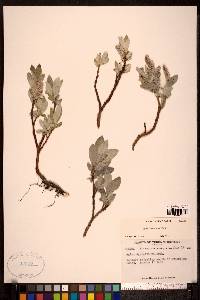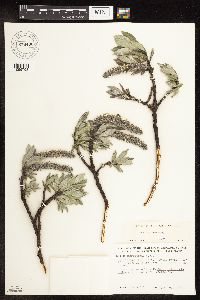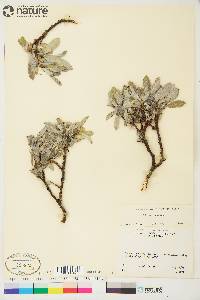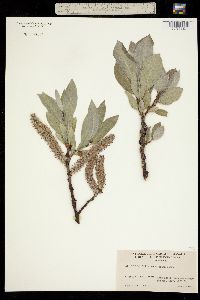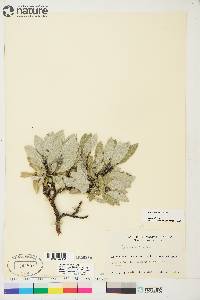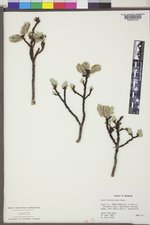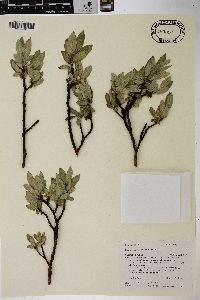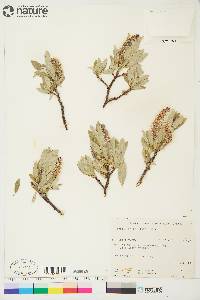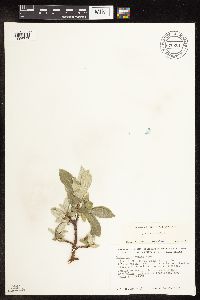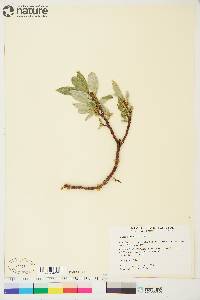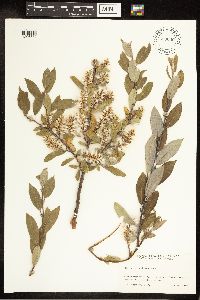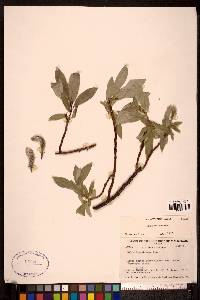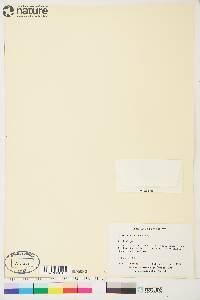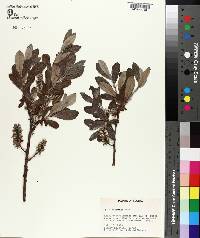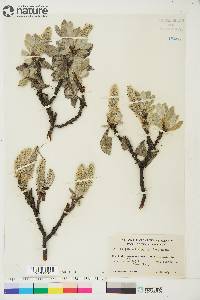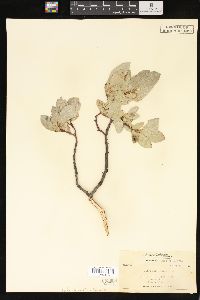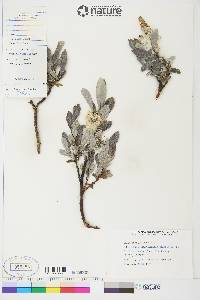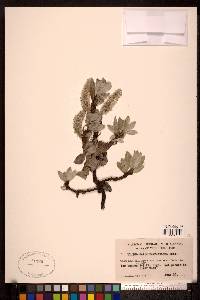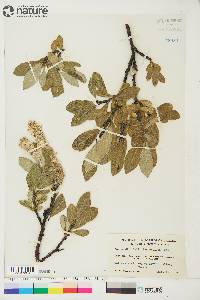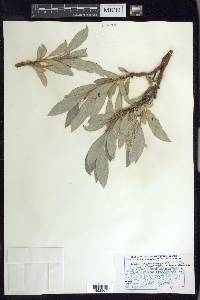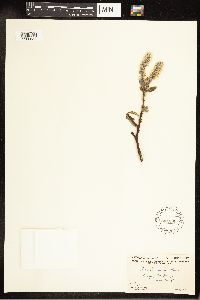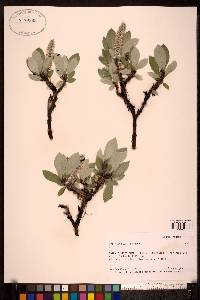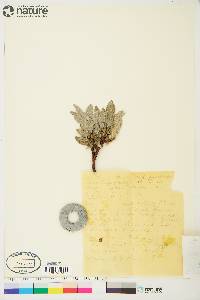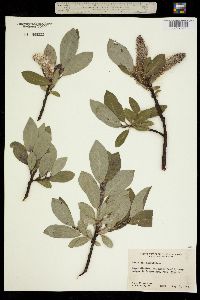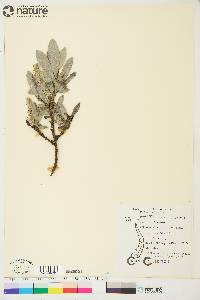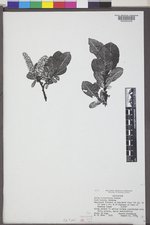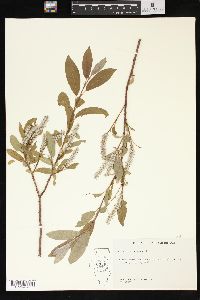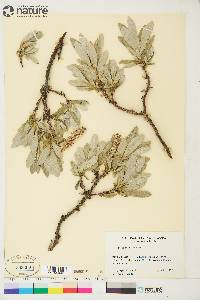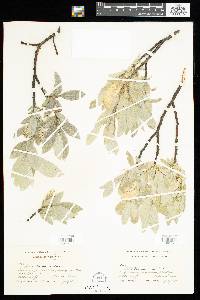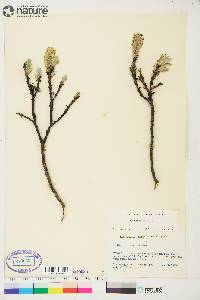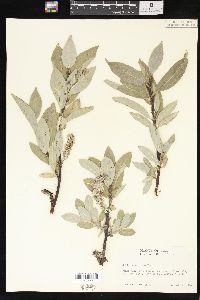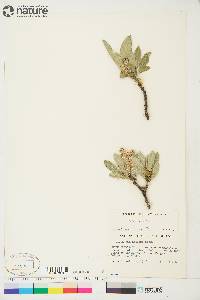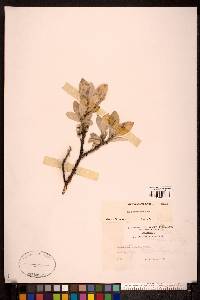
|
|
|
|
Family: Salicaceae
Barratt's Willow
|
Shrubs, 0.3-1.5 m. Stems: branches red-brown, not or weakly glaucous, glabrous or villous in patches; branchlets red-brown or violet, moderately densely and coarsely villous, (bud-scale oily). Leaves: stipules (sometimes marcescent), foliaceous, (resinous, 1.5-7.5 mm), apex acute; petiole shallowly grooved, or convex to flat adaxially, 4-15 mm, villous or puberulent adaxially, (weakly ventricose around floral buds); largest medial blade narrowly to broadly elliptic, oblanceolate, or obovate, 35-95 × 10-29 mm, 2.2-4.2(-5) times as long as wide, base usually convex, rounded, or cuneate, sometimes cordate, margins flat, entire, apex acute, convex, or acuminate, abaxial surface not glaucous, moderately to very densely long-silky tomentose to glabrescent, hairs wavy, adaxial slightly glossy, sparsely villous or pubescent to glabrescent; proximal blade margins entire; juvenile blade color sometimes obscured by hairs, very densely long-silky abaxially, hairs white. Catkins flowering before leaves emerge; staminate stout or subglobose, 20-57 × 13-18 mm, flowering branchlet 0-2 mm; pistillate densely flowered, slender to stout, 28-92(-105 in fruit) × 12-19 mm, flowering branchlet 0-5 mm; floral bract brown or black, 2.8-5.2 mm, apex acute to convex, abaxially hairy, hairs straight. Staminate flowers: adaxial nectary narrowly oblong to oblong, 0.4-1.8 mm; filaments distinct; anthers yellow or purple turning yellow, ellipsoid or shortly cylindrical, 0.4-0.6 mm. Pistillate flowers: adaxial nectary narrowly oblong to oblong, 0.6-1.3 mm; stipe 0.2-0.6 mm; ovary pyriform, (hairs refractive), beak gradually tapering to styles; ovules 16-21 per ovary; styles 0.6-1.8 mm; stigmas 0.28-0.47-0.64 mm. Capsules 4.5-6 mm. Flowering late May-late Jul. Moist to wet gravel bars, fans and terraces, stream banks, shrub fens, thickets and meadows, wet alpine tundra, often on limestone substrates; 150-3200 m; Alta., B.C., N.W.T., Yukon; Alaska, Mont., Wyo. Salix barrattiana has stipules and buds that are typically strongly oily or resinous, staining pressing sheets yellow. The Montana and Wyoming records are the basis for a conservation assessment by J. A. R. Ladyman (www.fs.fed.us/r2/projects/scp/assessments/salixbarrattiana.pdf). The Wyoming population is represented by three staminate specimens. Their buds and stipules are not conspicuously oily and further verification is needed. Salix barrattiana is placed here in sect. Villosae, but it is morphologically similar also to members of sect. Lanatae. The most conspicuous difference is its hairy ovaries. Inconsistent phenetic clustering of this species (G. W. Argus 1997) shows the difficulty in determining its sectional placement. The suggestion that it may link the two sections by hybridization and introgression, or by alloploidy, still remains to be assessed. Hybrids: Salix barrattiana forms natural hybrids with S. barclayi, S. commutata, and S. pseudomyrsinites. Salix barrattiana × S. commutata: This hybrid, known from Alberta and the Yukon, usually resembles S. barrattiana, but ovaries are hairy in patches, stipes at ca. 1 mm are long for that species, and buds and stipules are not oily. A British Columbia specimen has glabrous ovaries and oily stipules. Salix barrattiana × S. pseudomyrsinites is a rare putative hybrid that combines characteristics of the two parents.
|

